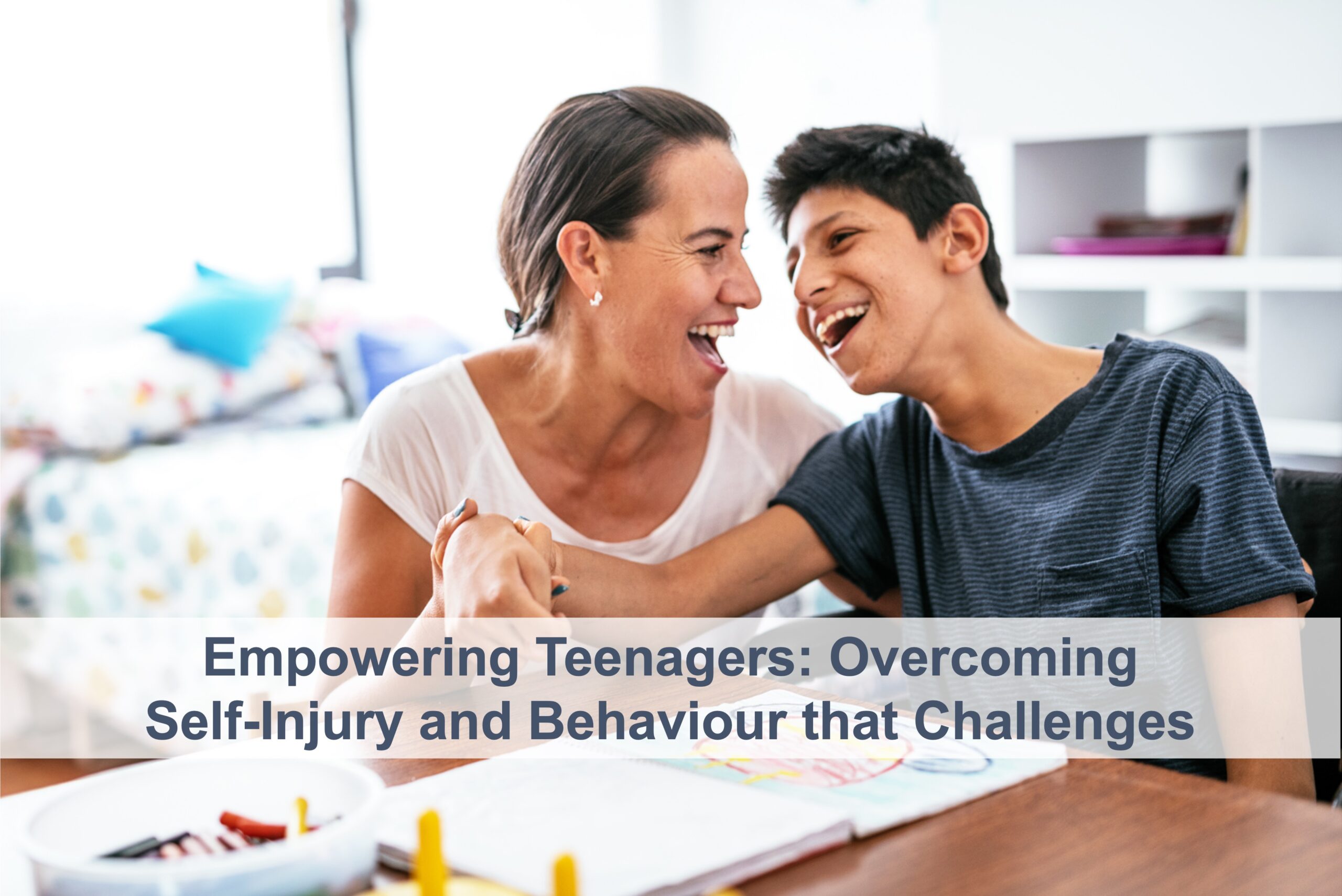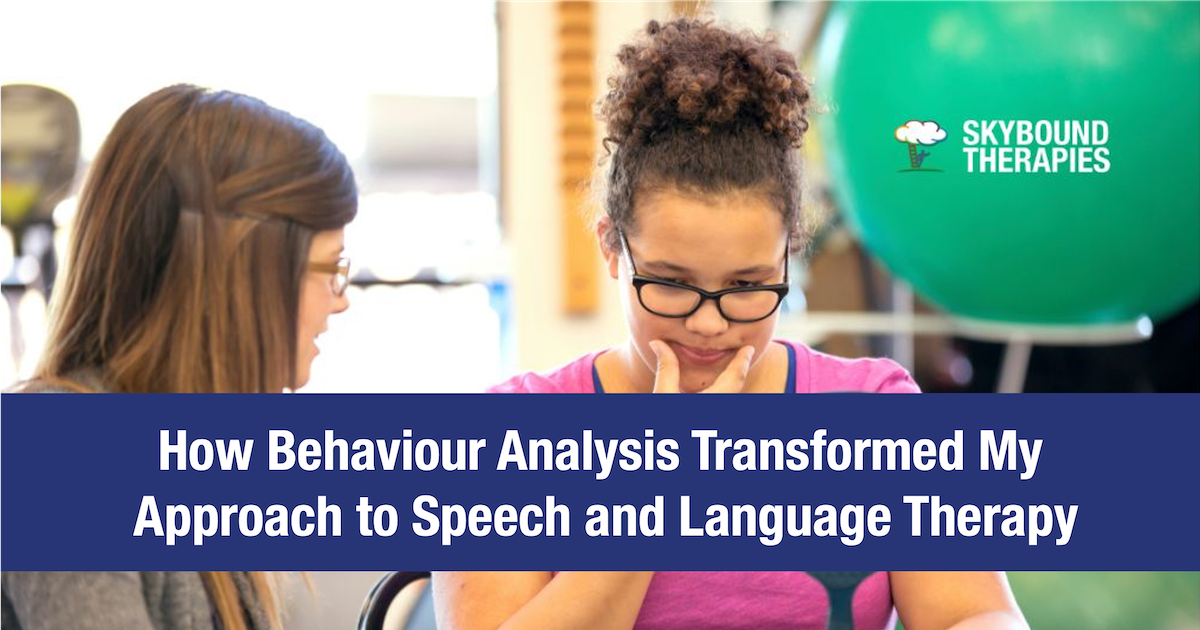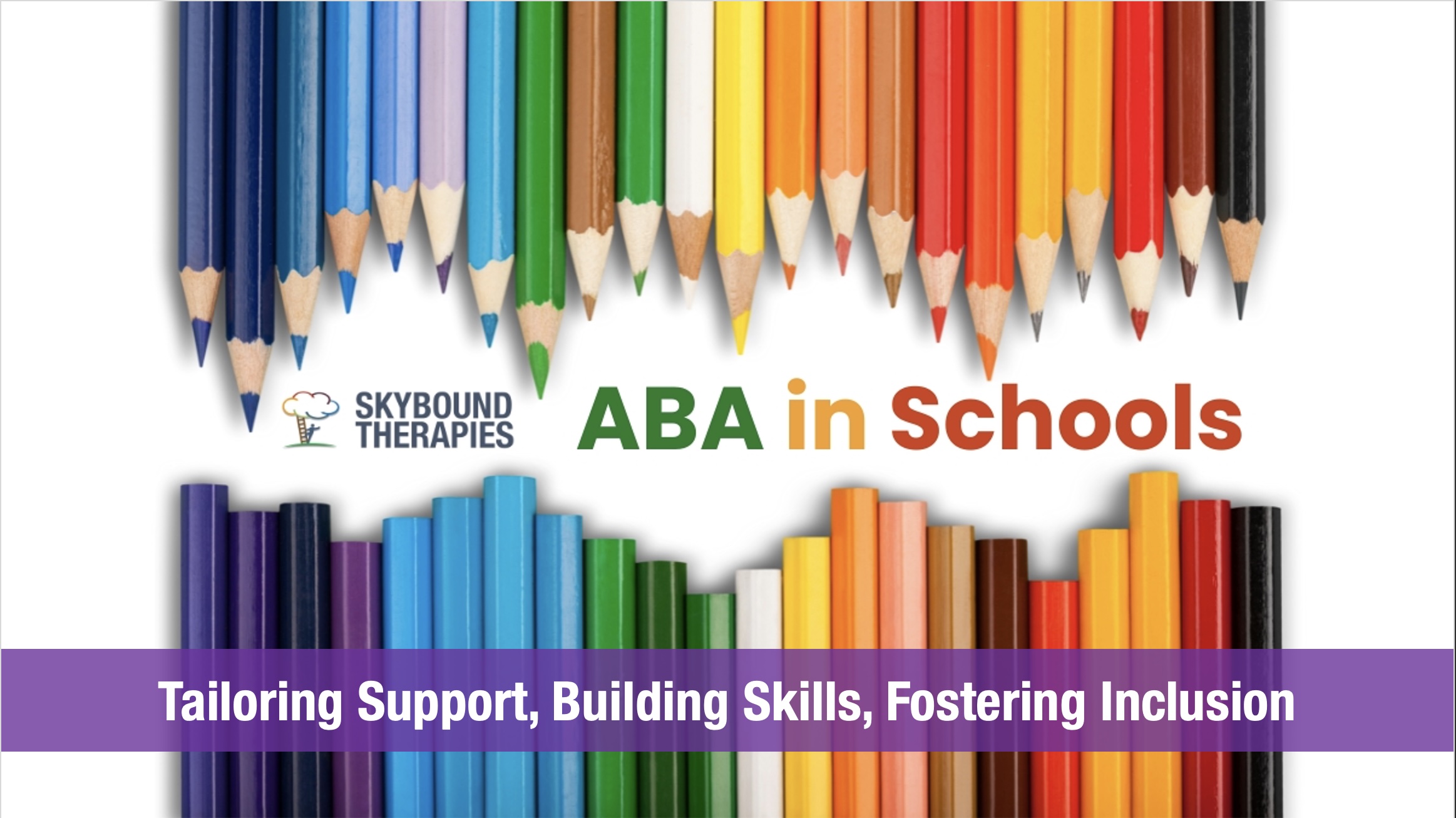In our last blog, I shared my insights into ABAI international conferences and talked about our first symposium at ABAI 2024. This week I look in more detail at the case study I’ll be presenting on – the case of a teenager with behaviour that challenges and severe self-injurious behaviours and how we reduced these significantly by teaching him functional communication skills to increase his quality of life.
For a long time, we’ve been working with complex clients who many services struggle to manage. Being able to communicate and make choices about one’s own life is a basic human right. Yet, these seemingly fundamental rights become ambitious and challenging for some individuals. Through the use of Positive Behaviour Support we’ve been able to put many adolescents and young adults on a pathway towards independent choice making and increased engagement within their community.
Sharing this case is important because it highlights the challenges individuals with complex needs face in accessing and benefiting from interventions. It also underscores the need for research and interventions tailored to diverse populations, not just those in settings with early intervention programmes. The aim is to offer hope and insight to families, emphasising that despite the difficulties, progress is possible through persistent, collaborative effort and tailored interventions. Even in less than ideal conditions, with proper adaptations and support, functional impacts can be achieved at any age. It’s about finding ways to reduce barriers and adapt interventions to the individual’s needs.
In my upcoming presentation, I’ll be discussing the journey of a non-verbal teenager grappling with severe self-injurious behaviour, particularly head-hitting. It had escalated to a dangerous level, where he was causing harm to himself and property, including breaking windows with his head. This behaviour also restricted his participation in community activities, as his family understandably hesitated to expose themselves to situations where he might cause damage. Adding to the complexity were his various medical needs. One of the first things we did was to look at indices of pain, using some research based assessments of pain for non-verbal individuals. We then worked with medical professionals to address possible pain causes.
The challenge was identifying the functions of his behaviours and teaching him functional communication skills. However, it wasn’t as straightforward as research suggests, especially for teenagers with ingrained behaviour patterns. He had learned that self-injury was the way to communicate his needs, making it difficult to replace with signs or other forms of communication. We had to adapt our interventions to address his intense self-injury while teaching him communication. For example, we introduced a calm body stance before signing to help add some separation between the self-injurious behaviour and communication. These adjustments were crucial for him to learn that signs were a means of communication, not self-injury.
We further developed strategies to help the teenager express his need for adult attention effectively. It became apparent that he resorted to self-injury when adults were preoccupied with other tasks. To address this, we implemented a consistent approach involving adopting a calm body posture while vocalising “me.” Through consistent practice and reinforcement, the teenager gradually began independently verbalising his need for attention using the word “me.” Additionally, we crafted a personalised picture book containing his preferred items, activities, and sensory stimuli, as well as opportunities for time alone. Caregivers and therapists utilised this book as a visual aid, encouraging him to point to and request his needs, thus empowering him to communicate more effectively.
Progress can be slow and steady in cases like this where there are many complexities to unravel and understand. It requires careful consideration of the individual’s unique abilities, preferences and needs. We continually reviewed and assessed our client’s preferences to identify and introduce new items, activities and manual signs for these. Other programmes were carried out simultaneously to target vocalisations and body language. We were also able to carry out some sessions out and about, such as at the local park, so that the family could start to re-engage with their community.
Through a comprehensive approach spanning 15 months and guided by our Positive Behaviour Specialists, we witnessed a remarkable transformation from frequent self-injury and limited communication to minimal self-injury and enhanced communication.
Our in-home therapy involves carrying out a thorough Functional Behaviour Assessment and then designing and implementing educational programmes (known as Behaviour Support Plans) with a focus on the quality of life of the individuals being served. In this particular case we worked with the Local Authority, who funded the delivery of our positive behaviour therapy service as well as a multidisciplinary team.
Despite the formidable obstacles encountered by the individuals I’ve had the privilege to support, the combination of persistence and personalised interventions can yield positive outcomes. The key lies in uncovering the purpose behind behaviours. The most compassionate thing we can do is to develop as thorough an understanding of their behaviours as possible and then introduce alternative means for the person to get their needs and wants met. Therefore, putting the individual firmly in control in ways that increase their quality of life. Even when the road ahead seems impassable, adhering to these fundamental principles can pave the way for meaningful progress. It serves as a testament to the power of perseverance and flexibility, offering hope for those navigating complex challenges.
If you’d like to know more about our services for older children and young adults with complex needs click here





